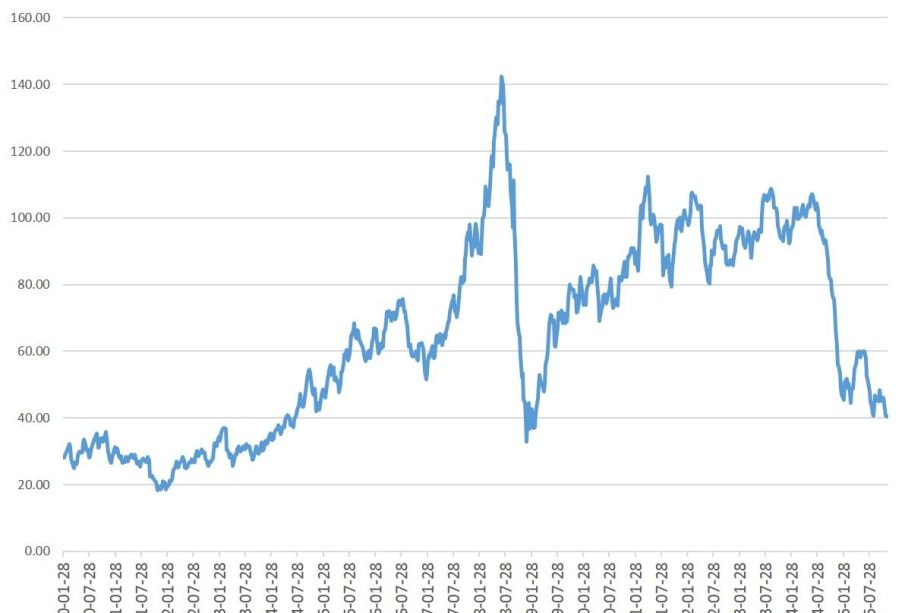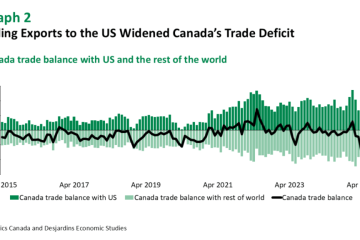Understanding Current Oil Price Trends and Their Economic Impacts

Introduction
The fluctuating oil price is a crucial topic for economies worldwide, influencing everything from inflation to consumer spending. As one of the most traded commodities, oil prices significantly impact global markets, governments, and consumers alike. Currently, the world is witnessing various factors contributing to the changes in oil price, including geopolitical tensions, production levels, and fluctuating demand.
Current Trends
As of late October 2023, Brent crude oil is trading around $95 per barrel, having recently surged due to several factors. The Organization of the Petroleum Exporting Countries (OPEC) has limited production in response to waning demand from major economies like China and the United States. Additionally, ongoing sanctions against Russia due to the ongoing Ukraine conflict have constrained supply further, pushing prices upward.
Meanwhile, the global push for renewable energy and shifts in energy consumption have also contributed to erratic movements in oil prices. The United States and European nations are working to reduce reliance on fossil fuels, creating uncertainty in markets traditionally tied to oil consumption. However, many analysts predict that despite these efforts, oil demand is expected to rebound in the next year, particularly as emerging markets begin to recover from the pandemic.
Economic Implications
The implications of rising oil prices are manifold. For consumers, an increase in oil prices often translates to higher fuel costs, which can affect transportation and logistics expenses, bubbling up to higher prices for goods and services. Inflationary pressures have already been felt in several countries as central banks grapple with the tightrope walk of controlling inflation without stalling economic growth.
Moreover, governments heavily dependent on oil revenues face significant challenges. For instance, the Canadian economy, which is closely tied to oil exports, stands to benefit from rising prices, yet manufacturers relying on oil for production might experience heightened costs, impacting their competitiveness.
Conclusion
In conclusion, the current trends in oil prices reflect a complex interplay of geopolitical tensions, production cuts, and demands both globally and domestically. As we move into the final months of 2023, analysts will be closely monitoring these factors, especially considering the potential for increased demand post-pandemic. For consumers, businesses, and policymakers, understanding these dynamics will be crucial for navigating the continuing fluctuations in oil prices. With the potential for further volatility ahead, stakeholders must remain vigilant and responsive to the ever-changing economic landscape.









